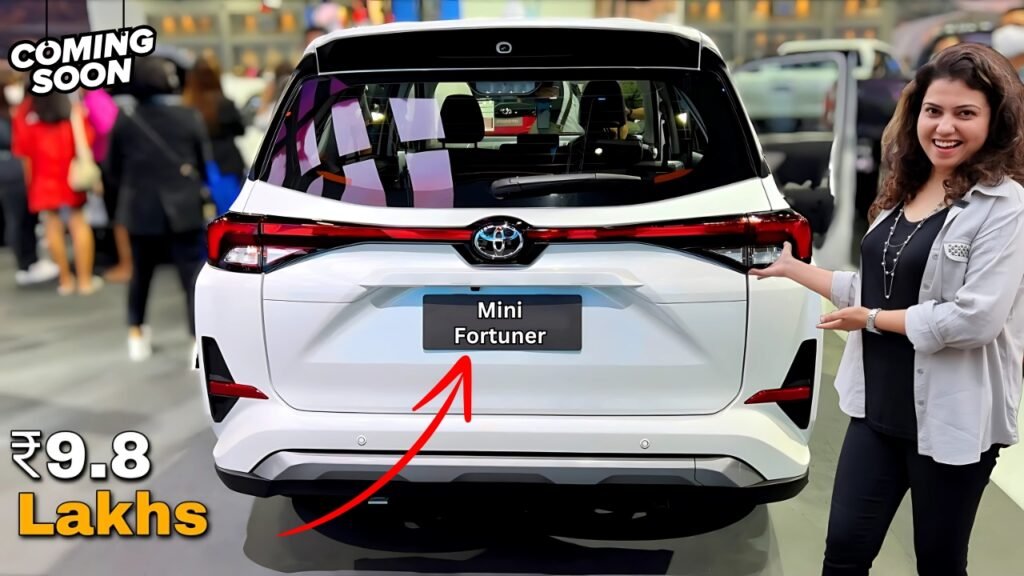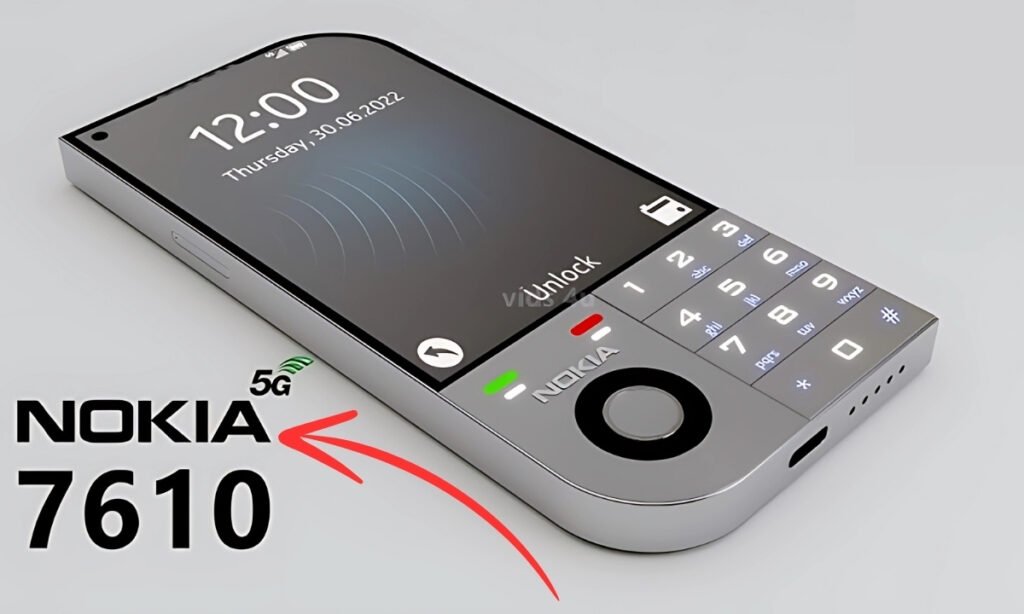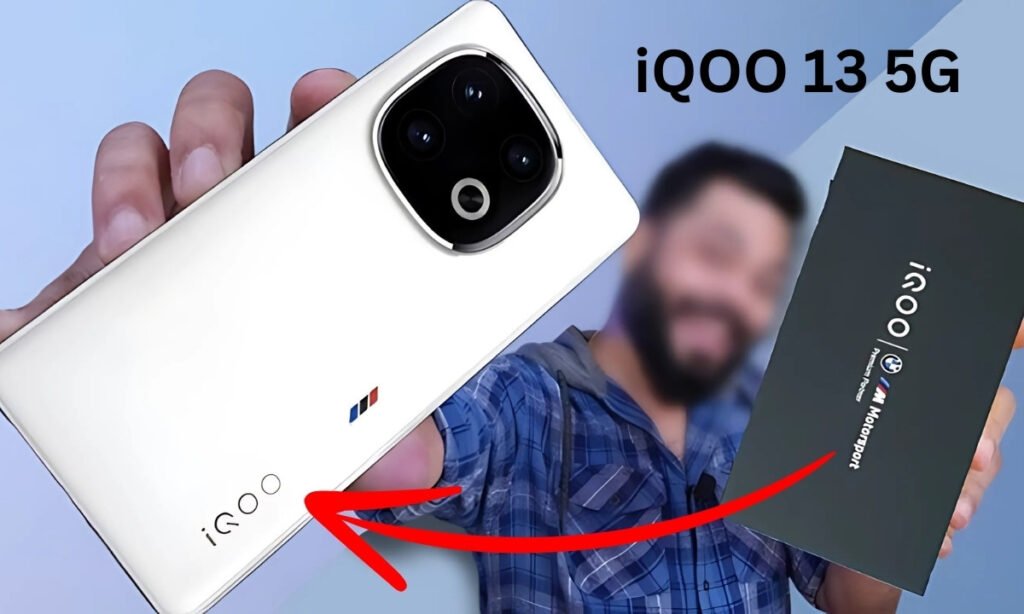Toyota Mini Fortuner : In a surprising move that has caught the attention of automotive enthusiasts and industry experts alike, Toyota is set to launch a compact version of its popular Fortuner SUV, tailored specifically for the Indian market.
Dubbed the “Mini Fortuner,” this new offering aims to bring the ruggedness and reliability of the full-sized Fortuner to a more accessible price point and form factor.
The concept of the Mini Fortuner stems from Toyota’s deep understanding of the Indian automotive landscape. With the rising demand for compact SUVs and the enduring popularity of the Fortuner nameplate, Toyota saw an opportunity to create a vehicle that bridges the gap between its smaller offerings like the Urban Cruiser and the full-sized Fortuner.
Market Positioning
The Mini Fortuner is expected to slot into the highly competitive compact SUV segment, going up against established players like the Hyundai Creta, Kia Seltos, and Maruti Suzuki Grand Vitara. However, with its Fortuner lineage, Toyota is banking on brand equity to carve out a unique position in this crowded market.
Design Philosophy: Rugged Elegance
While details are still under wraps, insider reports suggest that the Mini Fortuner will carry forward many design cues from its larger sibling:
-
Imposing Front Grille: A scaled-down version of the Fortuner’s signature grille, maintaining the commanding road presence.
-
Muscular Wheel Arches: Emphasizing the vehicle’s rugged nature and off-road capabilities.
-
LED Lighting: Modern LED headlamps and taillamps, potentially with dynamic turn indicators.
-
Floating Roof Design: A contemporary touch with blacked-out pillars creating a floating roof effect.
-
Alloy Wheels: Stylish alloy wheels, likely 17-inches in diameter, striking a balance between aesthetics and practicality.
Powertrain Options
Toyota is expected to offer multiple powertrain options to cater to diverse customer preferences:
-
Petrol Engine: A 1.5-liter naturally aspirated petrol engine, potentially shared with the Urban Cruiser Hyryder, producing around 103 bhp and 138 Nm of torque.
-
Diesel Engine: A 1.5-liter diesel engine, possibly a detuned version of the 2.4-liter unit found in the larger Fortuner, expected to produce around 115 bhp and 300 Nm of torque.
-
Hybrid Option: In line with Toyota’s global push towards electrification, a strong hybrid variant combining the 1.5-liter petrol engine with an electric motor might be offered.
Transmission options are likely to include a 6-speed manual as standard, with the option of a 6-speed torque converter automatic or a CVT, depending on the engine variant.
Off-Road Capabilities
While the Mini Fortuner will primarily cater to urban and highway driving, Toyota is not compromising on its off-road DNA:
-
All-Wheel Drive: Higher variants are expected to offer an all-wheel-drive system, a rarity in this segment.
-
Terrain Management System: A simplified version of the Fortuner’s terrain management system, offering modes like Normal, Eco, Sport, and potentially a dedicated off-road mode.
-
High Ground Clearance: Expected to offer class-leading ground clearance of around 200mm.
Interior and Features
The interior of the Mini Fortuner is where Toyota aims to truly differentiate itself from the competition:
-
Premium Materials: Use of soft-touch materials and leatherette upholstery to create a premium feel.
-
Spacious Cabin: Clever packaging to maximize interior space, potentially offering best-in-class legroom and headroom.
-
Flexible Seating: 60:40 split-folding rear seats for enhanced practicality.
-
Large Touchscreen: A 10-inch touchscreen infotainment system with wireless Apple CarPlay and Android Auto.
-
Digital Instrument Cluster: A fully digital instrument cluster with customizable displays.
-
Panoramic Sunroof: A feature that’s becoming increasingly popular in this segment.
-
Ventilated Seats: Front ventilated seats for added comfort in hot Indian summers.
-
360-Degree Camera: For easy maneuvering in tight spaces.
Safety Features
Toyota has always prioritized safety, and the Mini Fortuner is expected to set new benchmarks in its segment:
-
6 Airbags: Standard across all variants.
-
Advanced Driver Assistance Systems (ADAS): Including features like adaptive cruise control, lane departure warning, and autonomous emergency braking.
-
Electronic Stability Control: Standard across the range.
-
Hill Start Assist and Hill Descent Control: Enhancing the vehicle’s off-road credentials.
-
ISOFIX Child Seat Anchors: For secure installation of child seats.
Pricing Strategy
One of the most anticipated aspects of the Mini Fortuner is its pricing. Toyota is expected to position it competitively, with prices estimated to range from ₹12 lakh to ₹18 lakh (ex-showroom).
This pricing strategy aims to make the Fortuner brand accessible to a wider audience while still maintaining its premium positioning.
Toyota Mini Fortuner Production and Localization
To keep costs in check and ensure competitive pricing, Toyota plans to heavily localize the production of the Mini Fortuner:
-
Manufacturing Facility: The vehicle will be produced at Toyota’s plant in Bidadi, Karnataka.
-
Local Sourcing: Over 90% of components are expected to be sourced locally.
-
Export Potential: The Mini Fortuner could potentially be exported to other emerging markets, leveraging India as a manufacturing hub.
Market Impact and Competition
The entry of the Mini Fortuner is expected to shake up the compact SUV segment:
-
Brand Value: The Fortuner name carries significant weight in the Indian market, which could give the Mini Fortuner an edge over its competitors.
-
Segment Expansion: It could potentially expand the premium compact SUV segment, attracting buyers who previously considered only sedans or larger SUVs.
-
Competitor Response: Rival manufacturers may need to update their offerings or adjust their pricing strategies to compete with the Mini Fortuner.
Environmental Considerations
In line with global trends and India’s push towards cleaner mobility, the Mini Fortuner incorporates several eco-friendly features:
-
BS6 Phase 2 Compliant Engines: All powertrains meet the latest emission norms.
-
Hybrid Technology: The strong hybrid variant offers significantly lower emissions and improved fuel efficiency.
-
Eco Mode: All variants feature an Eco driving mode to optimize fuel consumption.
-
Use of Recycled Materials: Increased use of recycled and sustainable materials in interior components.
Toyota Mini Fortuner Launch Timeline and Availability
Toyota is expected to unveil the Mini Fortuner at the Auto Expo in early 2024, with sales commencing in the second quarter of the year. Initial availability will be through Toyota’s extensive dealership network across major cities, with plans to expand to tier-2 and tier-3 markets rapidly.
Toyota Mini Fortuner Conclusion: A New Chapter in Toyota’s Indian Journey
The Mini Fortuner represents a bold new chapter in Toyota’s Indian strategy. By bringing the Fortuner brand to a more accessible price point and form factor, Toyota is not just launching a new vehicle; it’s redefining what Indian consumers can expect from a compact SUV.
With its blend of rugged capability, premium features, and the trusted Toyota badge, the Mini Fortuner has the potential to be a game-changer in the Indian automotive landscape.
It promises to offer the aspirational value of the Fortuner brand in a package that’s more suited to urban environments and diverse Indian road conditions.
As we await its official launch, the Mini Fortuner stands as a testament to Toyota’s commitment to the Indian market and its understanding of evolving consumer preferences.
It’s not just another entry in the crowded compact SUV segment; it’s a statement of intent from one of the world’s largest automakers.
The success of the Mini Fortuner could potentially pave the way for more such India-specific models from global manufacturers, further enriching the choices available to Indian consumers.
As the automotive landscape continues to evolve, the Mini Fortuner might just be the vehicle that sets new standards for what Indian buyers can expect from their compact SUVs.
Also Read This-
Source link



